A few years ago, I had the privilege of speaking with Dan Ariely, author and Duke University Professor of Psychology and Behavioural Economics, at the launch of one of his many books examining irrationality and market forces. In the book, he had discussed the struggles that people face when they use online dating sites. It got me thinking about the parallels between the struggles of job seekers to find work and those of single people looking for love, and the fact that we have still not succeeded in creating effective systems to link job seekers to job openings (or single people to each other). As Dr Ariely signed my copy of his book, I asked him about this. He was aware of these parallels, and referred me to the work of Nobel Prize winners Peter Diamond, Dale Mortensen and Christopher Pissarides (an excellent read, if you’re an employment theory geek).
In a later book (which is really worth reading), The Upside of Irrationality, Ariely summed up the challenges facing users of online dating sites:
The fundamental problem is that online dating sites treat their users as searchable goods, as though they were digital cameras that can be fully described by a few attributes such as megapixels, lens aperture, and memory size. But in reality, if prospective romantic partners could possibly be considered as “products,” they would be closer to what economists call “experience goods.” Like dining experiences, perfumes, and art, people can’t be anatomized easily and effectively in the way that these dating Web sites imply.
So we know that while we know that there are jobs and suitable job seekers out there, somehow it’s exceedingly difficult for them to meet; the question is, what does work?
Often, in my 20+ years working with job seekers, I have noticed the parallels between the strategies that work for finding work and those that might work for someone who is looking for a partner. To test this theory, I decided to do a quick online search for “how to find love”, which yielded a lovely, common sense Wikihow post that demonstrates my theory pretty well. It recommends 10 steps to help “find love”, most of which can be neatly applied to job search.
The Wikihow writer divides the 10 steps into 3 main parts:
- Know Yourself
- Reach Out
- Make Moves
I, too, advise job seekers to:
- Know themselves — assessing themselves to discover their strengths, weaknesses and assets, which they can share in resumes, LinkedIn and in information and job interviews
- Put themselves out, to reach out to network contacts and potential employers
- Make moves to meet employers in person
Ten steps to find love (or a job):
1. “Understand what you have to offer”.
The writer proposes asking questions about yourself. We recommend you ask questions, too, so that you can describe yourself in interviews, resumes and cover letters, including topics such as:
- How would you describe yourself briefly?
- What are your strengths, your weaknesses?
- How would you describe your skills?
2. “Build confidence”.
Confidence is important for job search. It’s useful to understand your brand, which are the assets that make you unique and interesting to employers, and be able to talk about yourself with confidence.
3. “Know what you’re looking for in someone else”.
Just as with the search for an ideal partner, it’s important to think through what would be important in choosing the next job. Think through the kind of employer you are targeting and the nature of the job you are seeking. I highly recommend that job seekers actively target companies that they would like to work for, and develop a list of people in those companies with whom they might like to meet for information interviews.
- Try to keep your expectations flexible and think beyond obvious issues such as salary and benefits, or the size of the company, such as the values of the company and the opportunities the job may offer for the future.
- Identify those characteristics of a job you consider most important: what is the minimum salary you need? how important are benefits? do you want to work in a team more than on your own? how much travel would you be able to do?
- Remember: keep your expectations flexible, and be prepared to reconsider, if necessary.
4. “Meet people”.
Widening your network is just as important for job seekers as it is for those searching for love. Keep these points in mind:
- Don’t turn down any opportunity to meet new people. It’s a mistake to underestimate the value of people you meet to your job search. You never know who they might know.
- Take up any opportunity to attend a job or information interview — you might be more impressed than you expect by a company and the opportunities it might offer you.
- Be prepared to invest time in conducting information interviews — you can learn a lot and meet new networking contacts
5. “Present yourself as someone who’s available”.
While I generally don’t recommend annoying your friends on Facebook with repeated announcements of your need for work (desperation isn’t attractive), it’s a good idea to make sure that people around you know that you are looking. As the original Wikihow author says: “take measures to make sure people know you’re available and willing to take things further if the opportunity arises.”
- Evaluate your appearance. When interacting with potential employers, dress like a potential employee; “project your confidence and uniqueness with clean, well-styled clothes and a pleasant expression on your face”.
- When interacting with new network contacts, show interest and listen with care. Express interest and ask questions; don’t just talk about yourself.
- Be genuine — be prepared to reveal your challenges and strengths in a confident and honest way.
6. “Consider online dating”
Just as with dating, there are some effective online tools for finding new opportunities. Don’t hesitate to use them. (You will find a number of them listed here.)
7. “Ask people on dates”.
When you identify the people and companies you want to target for your search, take the initiative to set up an information interview or a volunteer opportunity. Meeting people face to face, or working side by side as a volunteer is a great way to be noticed as a potential employee.
8. “Stay on the same wavelength”.
Move at the right pace — try to find the balance between coming across as motivated and enthusiastic, but not annoyingly desperate.
9. “Be vulnerable”.
When you meet with potential employers, do your best to be genuine. Be prepared to admit your weaknesses and discuss your challenges. Be realistic about your abilities. Employers often are looking for honesty and a candidate’s ability to be self-critical.
10. “Try again”.
Know when to admit that a particular job search campaign is not productive. Remember that not all job search efforts will be fruitful, no matter how far you have come in the process. Know when to cut your losses and “move on”.
Keeping motivated can be very difficult. An article in the Journal of Management quotes researchers who suggest that the most important thing a job seeker can do to find work is to stay motivated and focused — advice which could just as easily apply to those seeking love:
Just keeping motivated. You know, that’s a tough one when day in and day out, doors are slamming in your face because, you know, you’re not the only person applying for a particular job or you’re not the only person reaching out to somebody. And, I think, trying to keep a smile on your face and staying motivated that it will happen when it’s meant to happen. That’s the ticket. I think that’s the toughest thing when you’ve been out of work for a long period of time. What other rocks have you not turned over? And if you turned over every rock that you can and reached out to God knows how many people, and you’ve sent newsletters to people saying this is what I’ve done, you know; and you do your own PR, and you kind of let the world know and you network and you do everything you could possibly do, and you’re not getting anywhere and the train is not moving down the tracks, it is very tough to put one foot in front of the other and say, okay, tomorrow’s going to be a better day. That sounds just so old-fashioned or cliched but it’s true.
Bottom line is that whether we are looking for love or trying to find work, human nature demands of us that we engage in certain behaviours to be successful: we need to be self-aware, be clear about our goals, to plan and implement steps to reach out and to meet others face to face. Most importantly, we need to remember that the process of meeting goals (whether it’s love or work) can take time, energy and motivation.




